A Voyage
to Virginia
in 1609
Two Narratives
This new edition of the first book to appear
under the imprint of the University of Virginia Press
is published in celebration of the Presss
50th anniversary.
 Second Edition
Second Edition
WITH A FOREWORD BY
Alden T. Vaughan

Two Narratives
STRACHEYS
TRUE REPORTORY
&
JOURDAINS
Discovery of the Bermudas
EDITED BY Louis B. Wright
UNIVERSITY OF VIRGINIA PRESS
CHARLOTTESVILLE AND LONDON
University of Virginia Press
1964 and foreword to the second edition 2013 by the Rector and Visitors
of the University of Virginia
All rights reserved
Printed in the United States of America on acid-free paper
First edition published 1964
Second edition published 2013
9 8 7 6 5 4 3 2 1
LIBRARY OF CONGRESS CATALOGING-IN-PUBLICATION DATA
A voyage to Virginia in 1609: two narratives, Stracheys True reportory and Jourdains Discovery of the Bermudas / edited by Louis B. Wright; with a foreword by Alden T. Vaughan.Second edition.
pages cm
Other title: True reportory
Other title: Discovery of the Bermudas
Includes bibliographical references.
ISBN 978-0-8139-3466-2 (cloth: alk. paper) ISBN 978-0-8139-3469-3 (e-book)
1. Bermuda IslandsHistory17th century. 2. Sea Venture (Ship). 3. Shipwrecks Bermuda Islands. 4. Bermuda IslandsDiscovery and explorationBritish Early works to 1800.5. VirginiaHistoryColonial period, ca. 16001775. I. Wright, Louis B. (Louis Booker), 18991984, editor. II. Strachey, William, 1572?1621. A true reportory. III. Jourdain, Silvester, d. 1650. A discovery of the Bermudas. IV Tide: True reportory. V.Title: Discovery of the Bermudas.
F1631.W8 2013
972.99dc23
2013004568
Cover illustration: Ship in Tempest, Stefano Della Bella, 1644. (Courtesy National Gallery of Art, Washington; gift of Mrs. Sara L. Lepman)
CONTENTS
Foreword to the second edition
BY ALDEN T. VAUGHAN
FOREWORD
TO THE SECOND EDITION

This books two narratives, both written in 1610 but the longer one not published until 1625, describe the Sea Ventures battering by a hurricane in the summer of 1609, its eventual crash near the Bermuda Islands, and the arrival in Virginia ten months later of nearly all the original passengers and crew. Until then, English observers at home and abroad assumed that the flagship of the nine vessels carrying relief supplies and new colonists to the fragile English foothold in Virginia had been lost at seathe worst disaster in Englands overseas expansion. In September 1610 the first of the survivors arrived in London with happy news of Sea Ventures fate. English spokesmen hailed the castaways wreck and redemption and Bermudas potential for future colonization as unmistakable evidence of Gods pleasure at Englands colonial efforts. Among Englands fascinated readers, it has long been supposed, William Shakespeare found inspiration and numerous details of plot and language for a play that was first staged, theatrical records suggest, at Londons Whitehall Palace in November 1611.
The story was riveting: how the frightened crew and passengers kept the leaking vessel afloat for four harrowing days
A less hopeful part of the story was Virginias miserable condition when the Bermuda survivors arrived in Chesapeake Bay in May 1610. They expected to find food aplenty and a sizeable, flourishing colony. Instead they encountered only 60 of the 100-plus men and boys who had established a settlement at Jamestown in 1607 and the several hundred migrants who had joined them in the following three years. The wretched colonists were ill, starving, and besieged by Indians. By contrast, the Bermuda survivors were uncommonly robust from feasting on fowl, hogs, turtles, fish, shellfish, and fruit, of which they had brought to Virginia only enough for their two-week voyage. With the publication in London of Silvester Jourdains brief Discovery of the Barmudas in the fall of 1610 and the simultaneous circulation of William Stracheys manuscript True Reportory, the English public could celebrate the miraculous survival of the men, women, and children aboard the Sea Venture and lament the Virginia Colonys precarious futureunaware that one of Sea Ventures passengers, John Rolfe, would soon make tobacco its economic salvation.
In the half century since Louis B. Wright, director of the Folger Shakespeare Library in Washington, D.C., and an eminent historian of Renaissance England and its American colonies, made the Strachey and Jourdain accounts accessible to a general audience, new research on early Bermuda and Virginia has illuminated several parts of the story. Especially intriguing is another version of Stracheys narrative, discovered two decades after Wright began to edit the seventeenth-century texts for the University Press of Virginia. The document found in 1983 is not a true copy of Stracheys manuscript as published by epistolary narrative to London on the ship that carried Sir Thomas Gates, Captain Christopher Newport, and many other survivors of the shipwreck. Still other copies of Stracheys story may have circulated between 1610 and 1625, but only the B copy has surfaced.
From todays multicultural perspective, the most important newly uncovered fact about the Strachey and Jordain narratives is that among the Sea Venture passengers were two Powhatan men, Namontack and Machumps; both were returning from visits to England, Namontack for a second time. On Bermuda, Machumps killed Namontack and then returned to Virginia with the other castaways. Perhaps Jourdain can be excused for omitting the Indians from his brief tract: it names only Gates, Somers, Newport, and De La Warr. Strachey, on the other hand, found space in his 24,000-word manuscript for about twenty-five specific English men, women, and children on Bermuda, including John Rolfe, George Yeardley (a future governor of Virginia), and Stephen Hopkins (he would sail on the Mayflower in 1620). Strachey further recorded by name several conspirators against Gates and Somers, the two infants born on Bermuda, the culprits who remained behind in 1610, and numerous English and Indian participants in the events of late May to mid-July 1610 in Virginia.
We know of the Indians presence on Bermuda indirectly but assuredly from the Dutch historian Emmanuel van Meteren, who in 1614 recalled that after Sir Thomas Gates
Despite Dr. Wrights certainty that Shakespeare read Stracheys narrative before composing The Tempest and was heavily influenced by it, the connection between the early chronicler and the playwright is more contested today than when A Voyage to Virginia was first published. Although I fundamentally concur with Wrights position, a growing number of skeptics tout various alternate sources for Shakespeares knowledge of seamanship and nautical lore, for the fictional islands flora and fauna, and for other In many cases, the underlying motivation is to champion the 17th Earl of Oxford (d. 1604) as author of


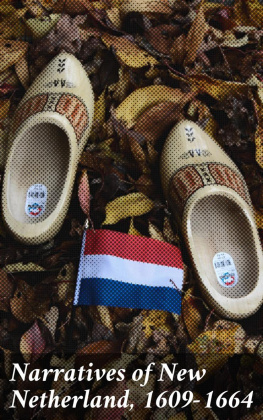
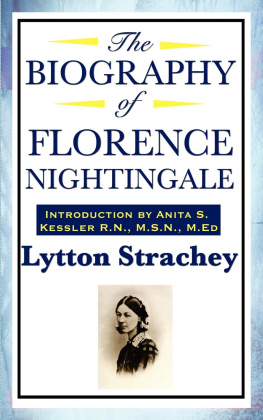
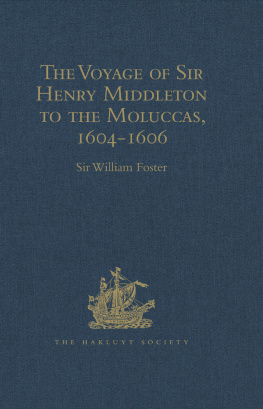

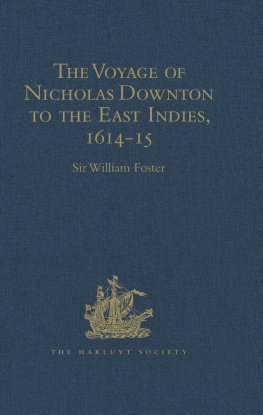



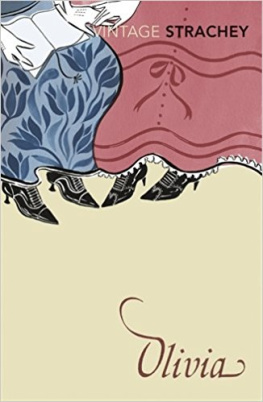
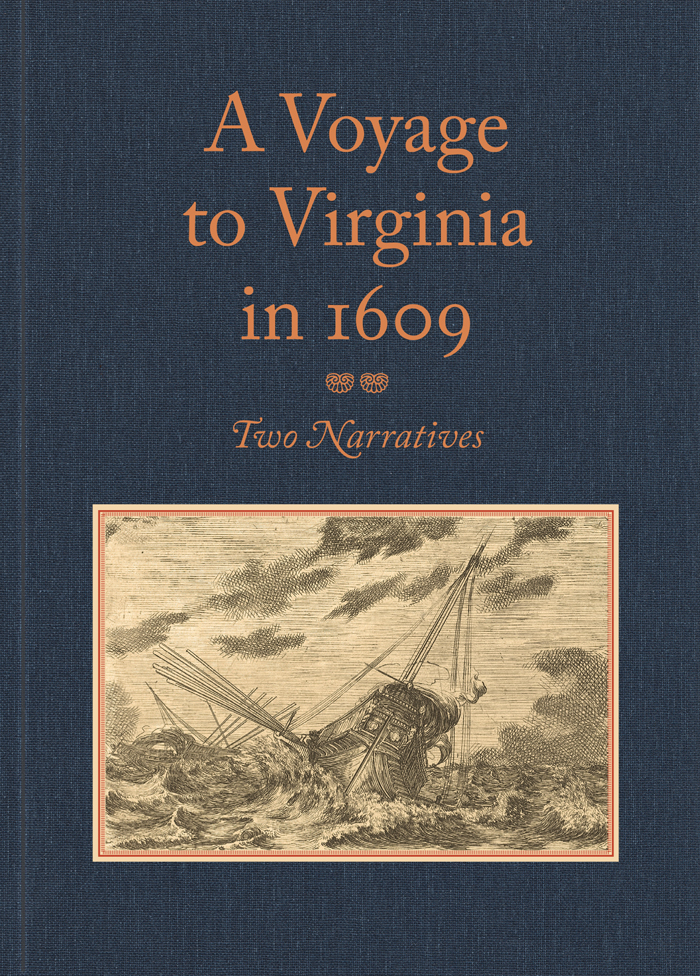
 Second Edition
Second Edition
